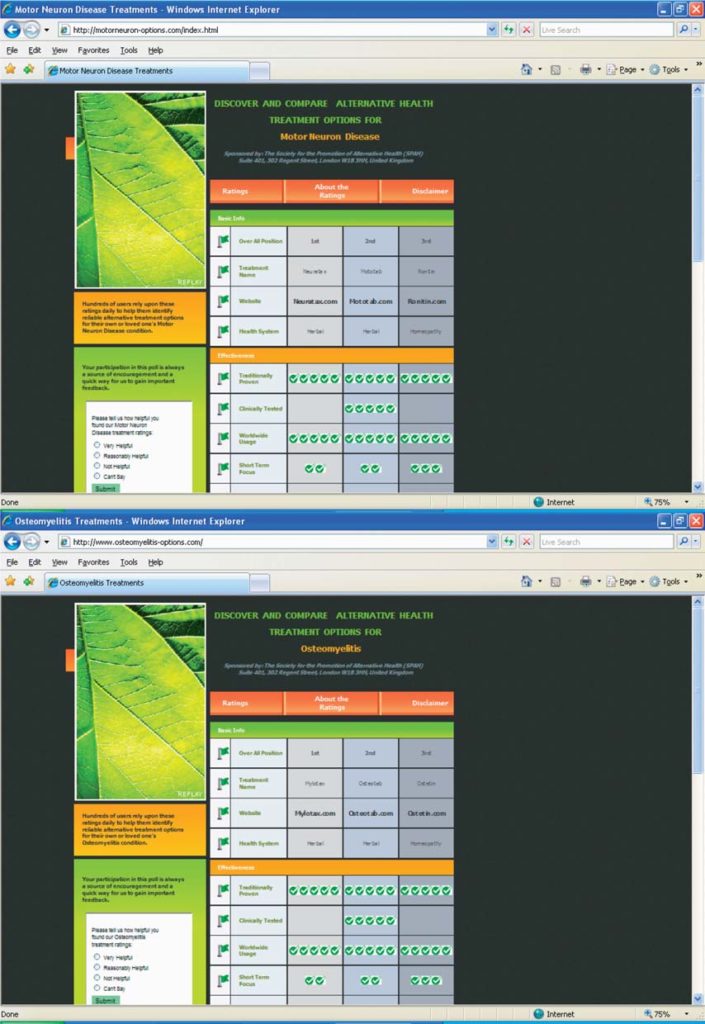Updated Review
Published: July 24, 2023
As of July 2023 we found no new information that would warrant any TOE grade changes
Updated Review
Published: August 30, 2021
Since our review, we found no new information on Mototab. Our TOE Grades remain unchanged.
Updated Review
Published: November 8, 2021
We found no new information on this product which would warrant any grade changes. The websites this was being advertised on no longer appear to be working. Our conclusion remains unchanged: ALSUntangled does not support the use of Mototab.
Key Information
Click on any letter grade below for more info:
Mechanism Grade: C
Preclinical Trials Grade: U
Cases Grade: U
Trials Grade: U
Risks Grade: U
Published: Jan 2012
Given the lack of demonstrated effectiveness, and the above-documented concerns about product safety and supplier identity and reliability, ALSUntangled does not support the use of mototab

for amyotrophic lateral sclerosis or any other motor neuron disease. If Oslo Health Solutions ever con-tacts us with additional useful information on this product we will gladly publish an addendum to this investigation.